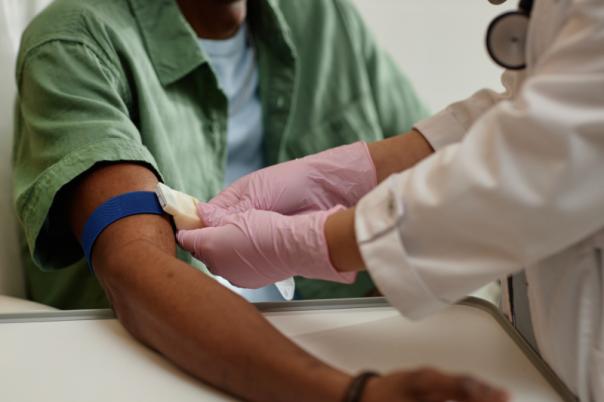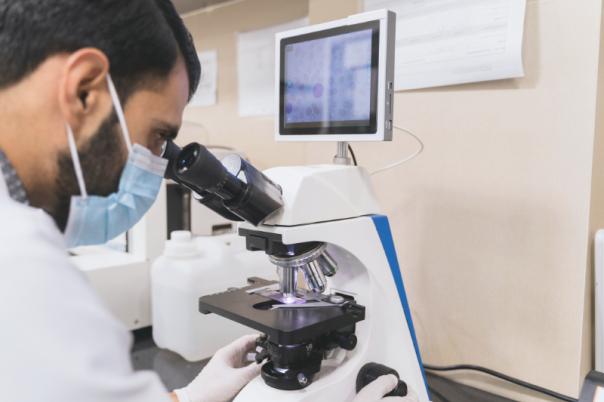Key Takeaways
- A predictive model called the LiBIO score has been developed to determine immunotherapy treatment effectiveness.
- Early increases in effector memory T cells and B cells are strongly correlated with positive responses to ICB treatment.
- The LiBIO score has shown success across multiple cancers and is moving toward clinical trials.
Collaborative Development of a Predictive Model
A member of the Cancer Center at Illinois, a scientist at National Cancer Institute and a physician-scientist at the MD Anderson Cancer Center have teamed up to develop a predictive model for determining immunotherapy treatment effectiveness. Although immunotherapy has been a promising advancement in cancer treatment, the consistency in immunotherapy treatment effectiveness remains challenging.
The LiBIO Score: A Blood-Based Biomarker
The group created a blood-based liquid biopsy model, called the Liquids Biomarker of Immunotherapy Outcomes (LiBIO) score, which enables researchers to predict how likely patients are to respond to immune checkpoint blockade (ICB) drugs, an immunotherapy treatment.
Mouse Model Findings
A mouse model of head and neck squamous cell carcinoma (HNSCC) was used by the researchers. The liquid biopsies helped to continuously track changes in a mouse’s immune system before and after the implementation of ICB treatment. The team found that an early increase in specific "cancer-fighting" immune cells (effector memory T cells and B cells) was strongly correlated with a positive response to ICB treatment.
Broader Success and Future Plans
According to the team, the LiBIO score has a much higher success rate in determining treatment effectiveness compared to previous biomarkers. It has also demonstrated success in multiple cancers including breast cancer, lung cancer, and melanoma.
Next Steps and Scientific Goals
Building on the promising outcome of this mouse model, the next step is implementing the LiBIO scores in clinical trials. The researchers are hopeful that human trials are not too far in the future, however the timeline is not set in stone.
The scientists explained that they aim to investigate the interactions between B cells and T cells to uncover the mechanism behind this synergy. Understanding this could enable the development of combination immunotherapies designed to strengthen their interaction and improve treatment outcomes.
References








